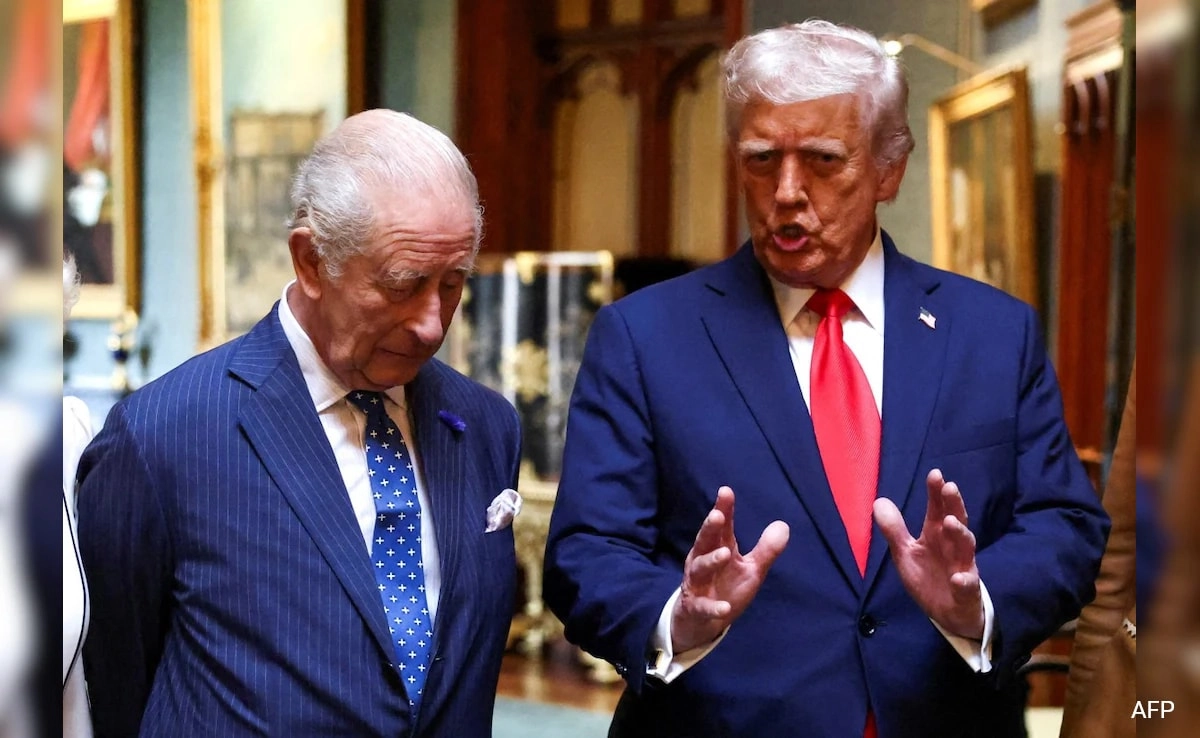In a significant ruling, the Supreme Court has issued a ban on the practice of clicking photographs and creating reels within its high-security zones. This decision arises from concerns regarding privacy, security, and the sanctity of the judicial process. The Supreme Court, which stands as the apex body in the Indian judiciary, recognizes that the presence of cameras and the act of recording in sensitive areas could potentially compromise the safety of individuals and the integrity of legal proceedings. By prohibiting photography and video recording, the Court aims to maintain a controlled environment that upholds the dignity of the judicial system.
The ruling reflects a broader trend observed in various public institutions where security measures are increasingly prioritized over unrestricted access. High-security zones, such as those surrounding the Supreme Court, are designed to protect not only the justices and court staff but also the individuals who seek justice. With the rise of social media and the public’s fascination with sharing personal experiences online, the potential for misuse of images and recordings has become a pressing concern. The decision to ban such activities serves as a reminder of the need to balance public engagement with the preservation of security and privacy in sensitive environments.
Moreover, the Supreme Court’s directive highlights the importance of maintaining the decorum of judicial proceedings. The courtroom is a space where critical decisions are made, and the atmosphere must foster respect and seriousness. By limiting distractions that could arise from photography and video recording, the Court reinforces its commitment to ensuring that legal matters are addressed with the utmost seriousness and focus. This ruling may also serve as a precedent for other judicial bodies and institutions facing similar challenges regarding public access and security.
Ultimately, the Supreme Court’s ban on photography and reel-making in high-security zones emphasizes the necessity of prioritizing safety and privacy in the pursuit of justice. As society continues to evolve with technology and social media, it becomes increasingly crucial to establish boundaries that protect the integrity of institutions. This decision not only safeguards the judicial process but also invites a dialogue on the evolving relationship between public engagement and institutional security in the digital age.




